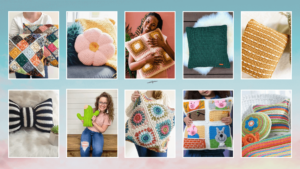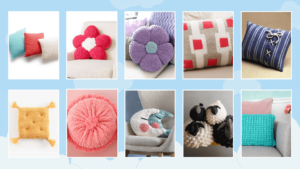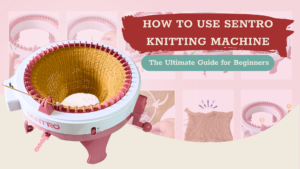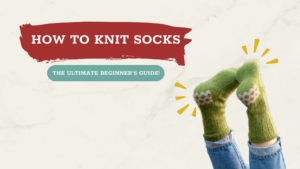Free Knit Dishcloth Pattern: Squishy Easy Garter Stitch
Classic, quick, and easy dishcloths!
Classic, quick, and easy dishcloths!
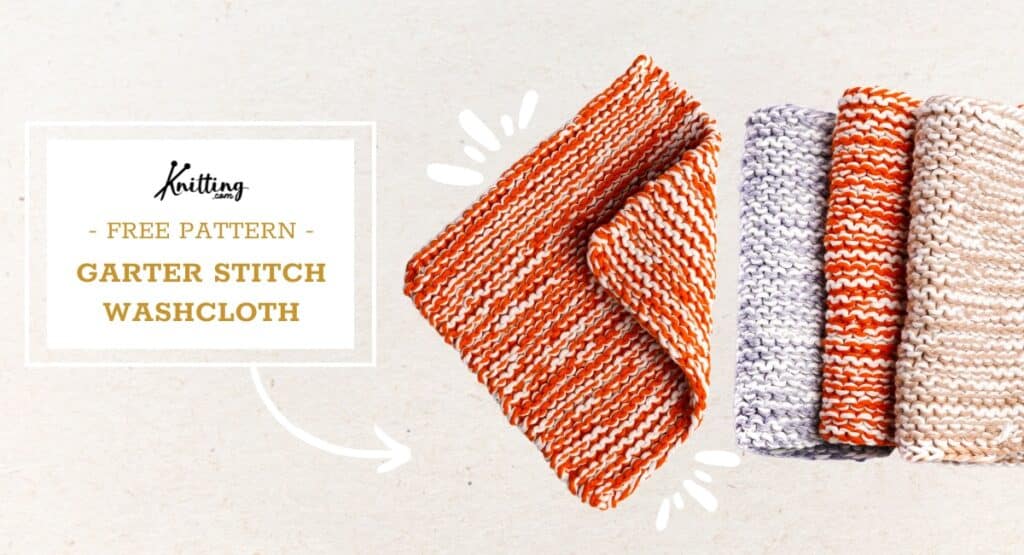
These oh-so-easy garter stitch knit dishcloths or washcloths are great beginner knitting projects. Two strands of worsted-weight cotton are held together to create a squishy, soft fabric. For a fun color effect try holding two different colored yarns together to create a speckled or “marled” fabric. A set of three cloths make a lovely present when knit in color-coordinating yarns too!
Choosing the Right Yarn
These cloths can be made with almost any worsted-weight natural plant fiber yarn. Cotton yarns are durable while still soft enough to use on your skin and sturdy enough for serious scrubbing power in the kitchen. Linen dries quickly and softens with each wash making it perfect for washcloths that are long-lasting and soft enough to use on your face. For the most versatile fabric, try a yarn with a blend of cotton and linen for a really lovely and useful fabric!
The pattern instructions will make a single knit headband that is approximately 8″ square.
15 sts and 24 rows = 4” in Garter Stitch, with yarn held double using US 7 (4.5mm) knitting needles.
Matching the knitting gauge is not critical in this project, use the knitting gauge measurement as a guide to best match the examples in these photos.
Have questions? Read the next section for tips & tricks to help you get the right knitting gauge.
Ready to knit up a whole stack of soft and squishy dishcloths or washcloths? Click the button below to download the PDF with everything you need to whip up your very own dishcloth in a flash.
This is a great project for experimenting with gauge and tension in your knitting. If your gauge isn’t spot on, it doesn’t matter! It just means your headband will be a slightly different width than our example.
What exactly will happen if your knitting gauge doesn’t match ours? Let’s see!
– If you knit at a looser gauge (fewer stitches per inch) then you will have a looser, more airy fabric and a wider headband.
– If you knit at a tighter gauge (more stitches per inch) then you will have a tighter fabric and narrower headband.
Want to learn more? We have a whole tutorial and video covering everything you need to know about knitting gauge.
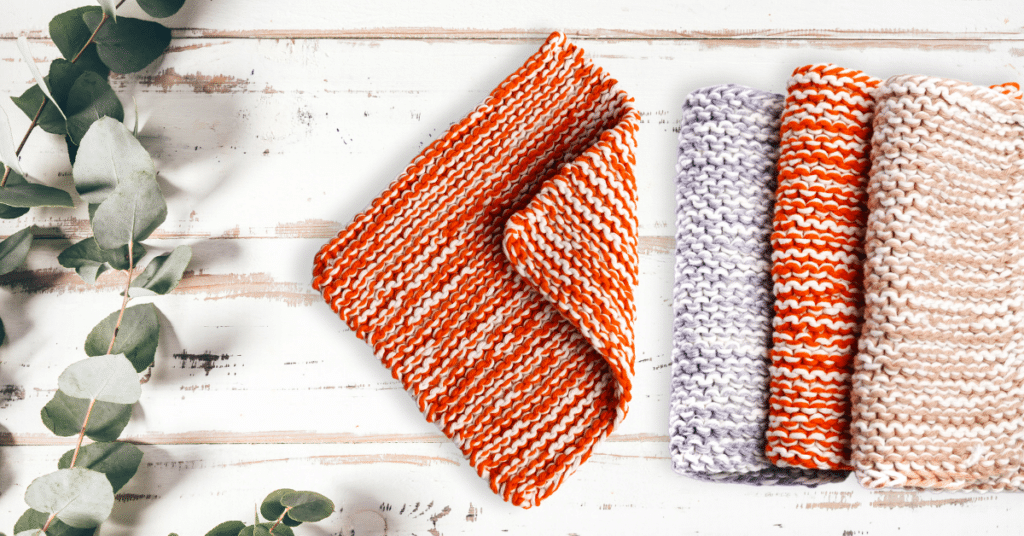
Knitting is all about learning new things! Here’s a list of helpful techniques and skills that will make knitting your free knit headband pattern that much easier.
Magic Knot for Joining Yarn: This knot makes it easy to join a new ball of yarn when you run out!
Weaving Ends In: You’ll be left with at least two yarn tails to thread in once you’ve cast off your project, this tutorial will show you how to weave these ends in for a perfect finish!
Threading a Yarn Needle: While we’re at it, sometimes threading a yarn needle with yarn can be tricky! This tutorial shows you how to thread a needle with any yarn.
Blocking Knitting: Even though these are simple knit headbands it’s worth taking the time to block your knitting. This simple step creates even stitches, and perfectly straight edges, and makes any project look polished and professional.
Check out our pattern collections featuring free knit dishcloth patterns by independent designers! Explore tons of textures, shapes, and stitch patterns with 20+ patterns to download and start knitting right away.
